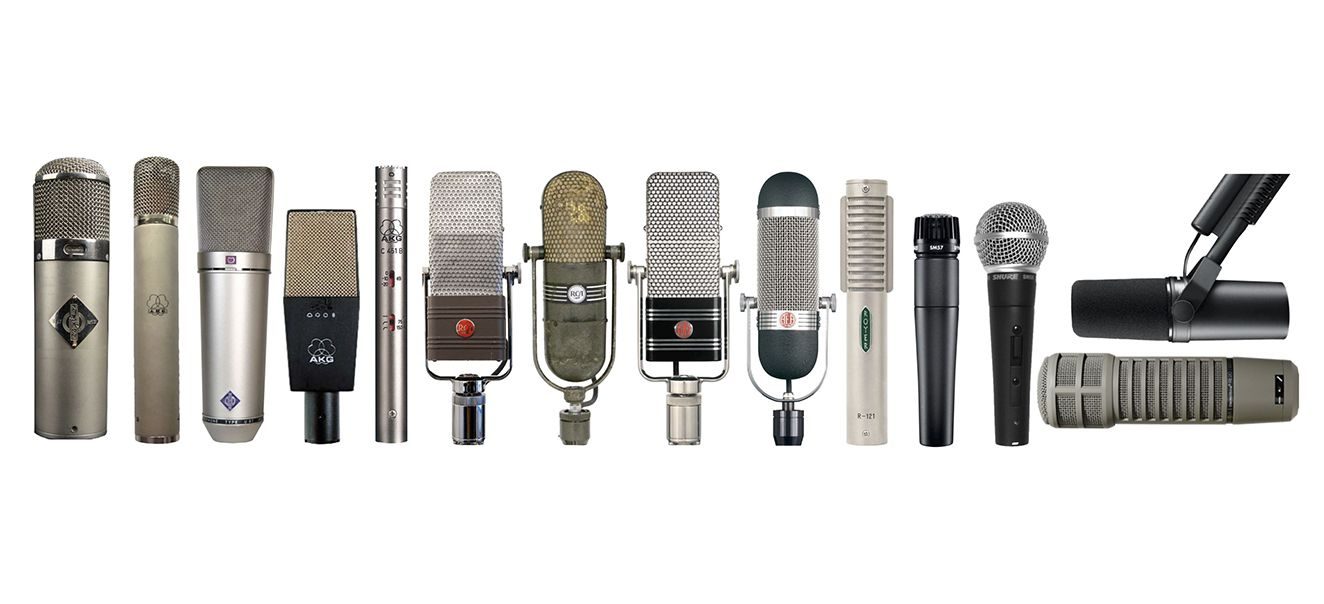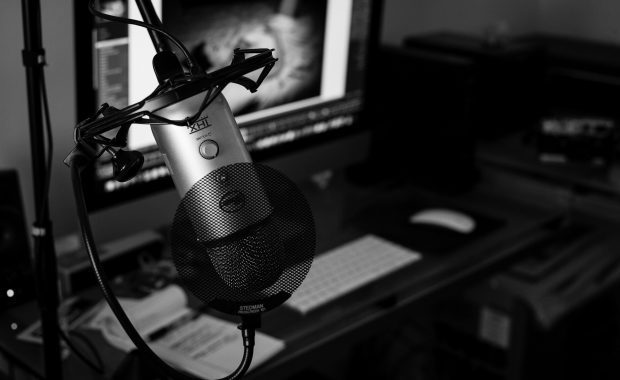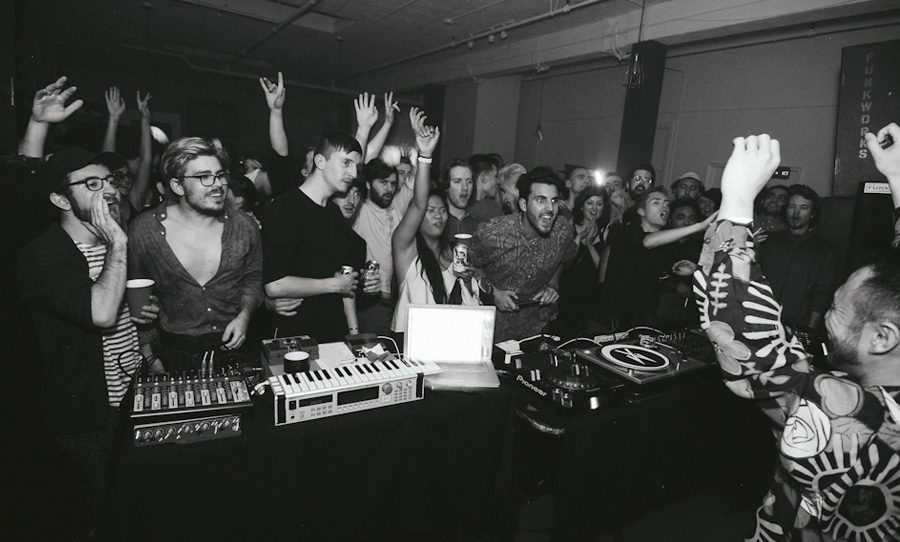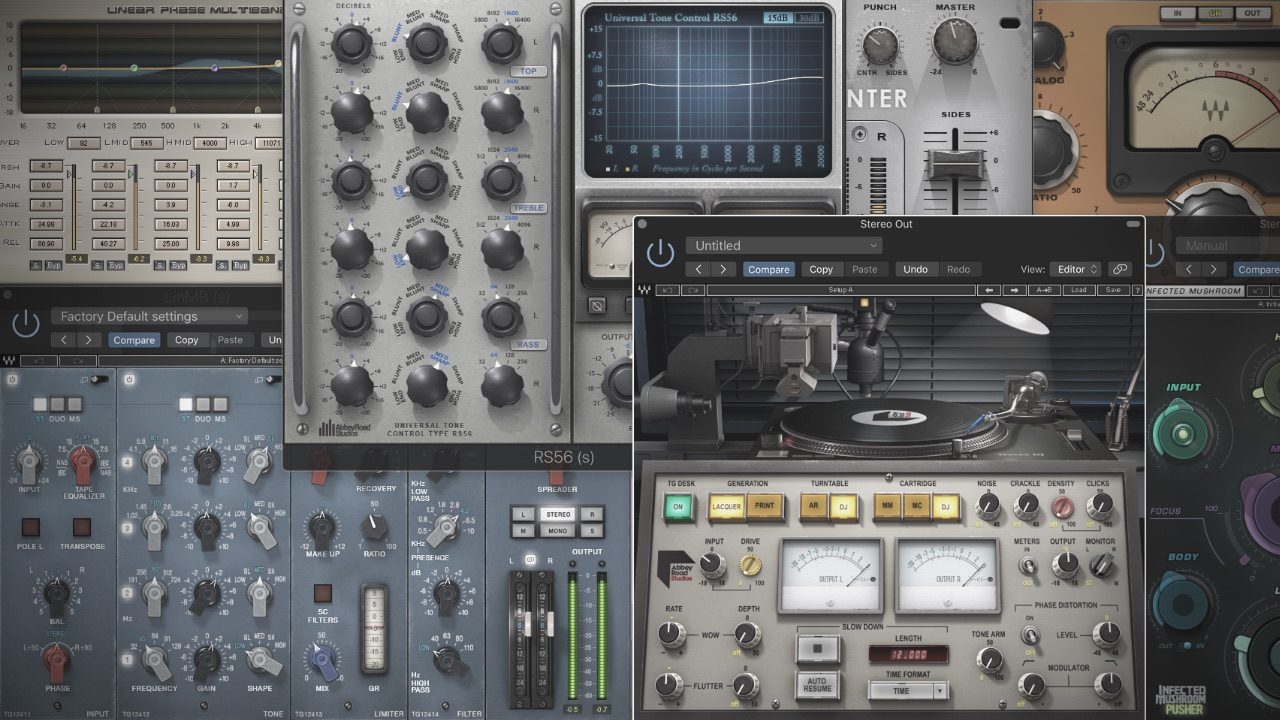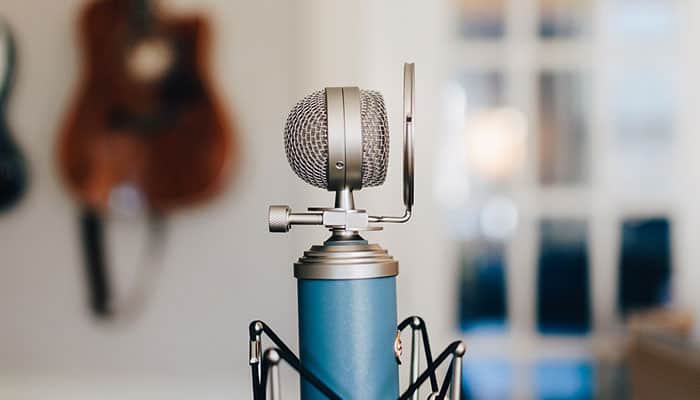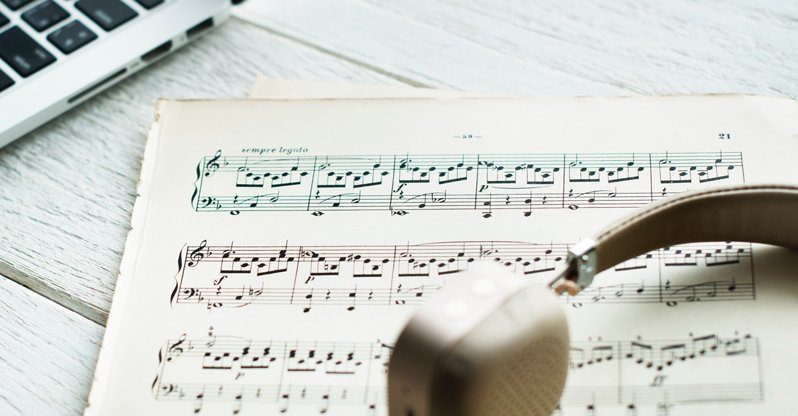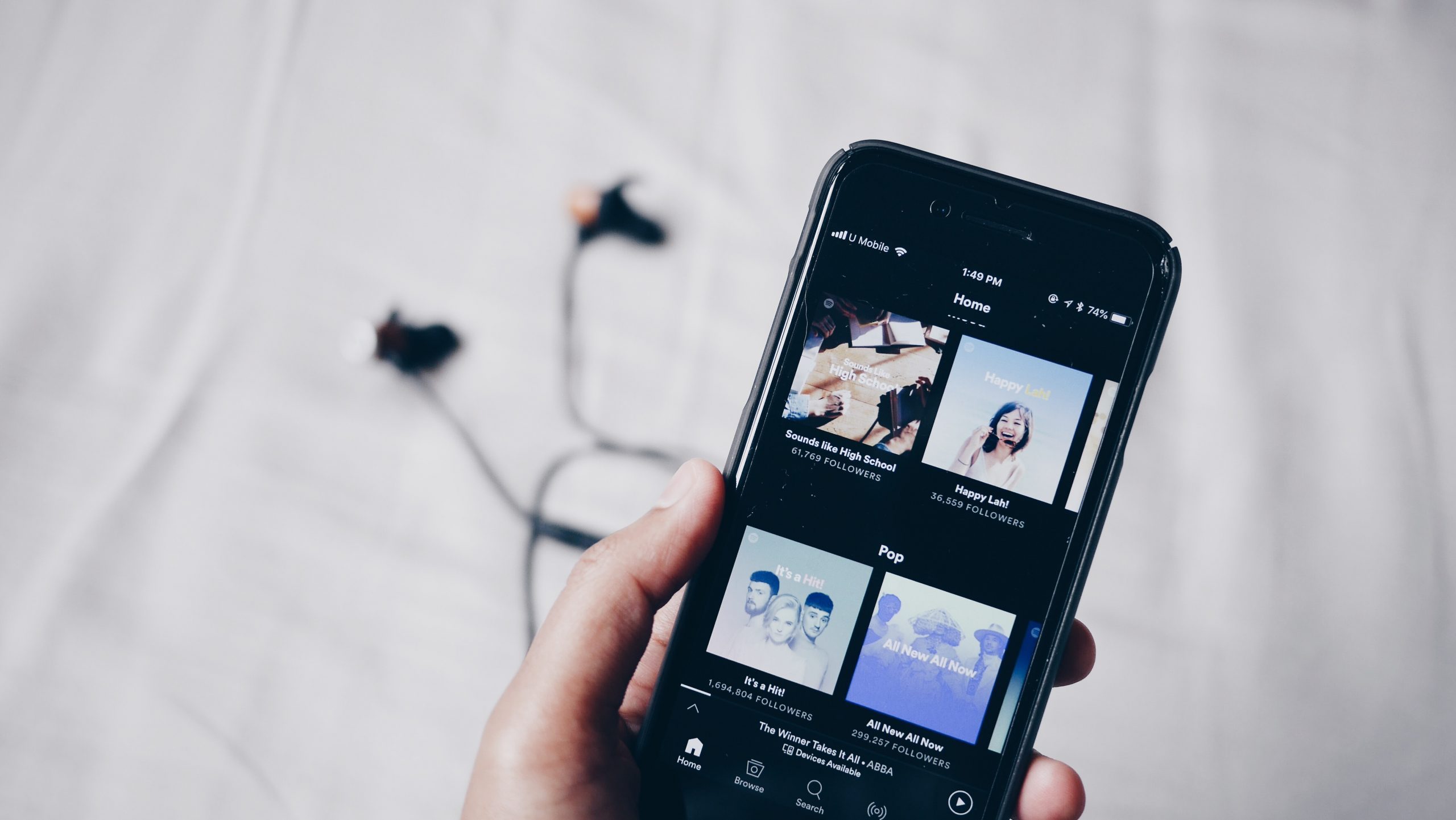There are such a lot of essential elements when it comes to recording a great vocal sound. The right take, the right mix, and the right microphone all play an enormous role. If you want to enhance your sound, you can always practice your singing, or learn new mixing techniques. However, if you used the incorrect mic, you may be stuck. With all that riding on your choice of vocal microphone, it’s essential to know what it takes to choose the best one. In this article, I’ll go through the basics of selecting a mic to record your vocals and provides recommended microphone choices to suit all types and budgets.
Let’s get started.

